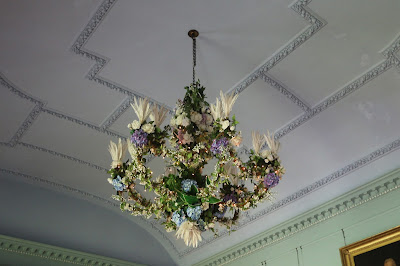Emily (1860-1926) was the daughter of a vicar of St Ive and she had an unusually colourful and productive life. First Emily tried mission work with hard drinking Cornish Miners in the United States, then she travelled to South Africa where the second Boer War was going on with the Dutch settlers. Shocked at the conditions in the newly invented concentration camps, as any right minded person should be as they were quite horrific and were used mainly for women, children and the elderly (a strategy designed to deny supplies and shelter to the fighters), Emily led a campaign to demand their closure. The British authorities were furious but her efforts resulted in an official enquiry (in which, of course, she was not included) which resulted in improvements in the conditions. As an aside, Kitchener regarded her as so dangerous that he once refused to allow her to enter South Africa.
That her own nation misinterpreted her actions and motives during the Anglo-Boer War remained a bitter pill to her up to the end of her life. On 1 May 1926 she wrote:
"My work in the concentration camps in South Africa made almost all my people look down upon me with scorn and derision. The press abused me, branded me a rebel, a liar, an enemy of my people, called me hysterical and even worse. One or two newspapers, for example the Manchester Guardian, tried to defend me, but it was an unequal struggle with the result that the mass of the people was brought under an impression about me that was entirely false. I was ostracised. When my name was mentioned, people turned their backs on me. This has now continued for many years and I had to forfeit many a friend of my youth".
 |
| Women's War Memorial at Bloemfontein. |
Perhaps with a little more research I can establish a definite link into Mrs P's family tree, perhaps not. At the moment, we'll put it in the 'interesting coincidence' file. However it turns out, I've enjoyed learning about Emily and I'll finish with a quote from her which still resonates:
"We in England are still dunces in the great world-school; our leaders are still struggling with the unlearned lesson that liberty is the equal right and heritage of every child of man, without the distinction of race, colour or sex."










































